Hip pain and back pain. Unraveling the Mysteries of Lower Back and Hip Pain: Causes, Treatments, and Solutions
What’s causing your lower back and hip pain? Discover the potential culprits, from muscle sprains to herniated discs, and learn effective treatment options to alleviate your discomfort and improve your quality of life.
Understanding the Link Between Lower Back and Hip Pain
Lower back and hip pain often go hand in hand, as the joint of your hip is located near your spine. Injuries or underlying conditions affecting one area can easily manifest in the other. According to the National Institute of Neurological Disorders and Stroke, close to 80 percent of adults experience lower back pain at some point in their lives, ranging from a dull ache to sharp, debilitating sensations.
Common Causes of Lower Back and Hip Pain
Muscle Sprains and Strains
Acute back pain is often the result of muscle sprains or strains. Sprains occur when your ligaments are overstretched and sometimes torn, while strains are caused by stretching and possible tearing of your tendons or muscles. Although the immediate pain may be in your back, you may also experience dull aches or discomfort in your hip. Treatment typically includes proper stretching and, in more severe cases, physical therapy.
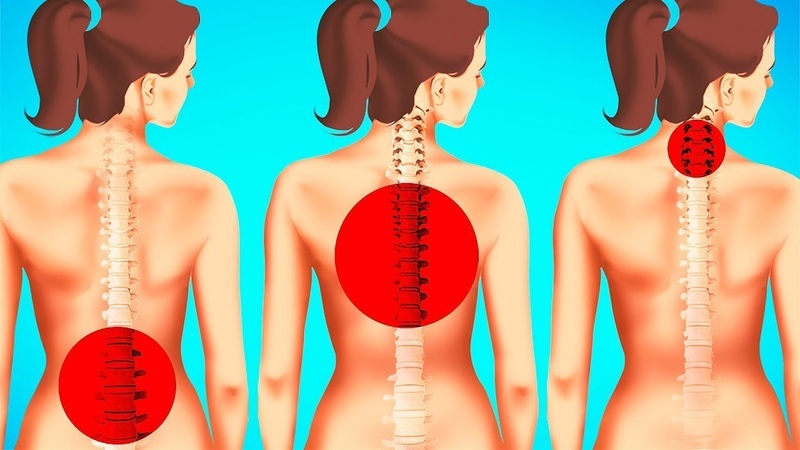
Pinched Nerves
A pinched nerve is an uncomfortable condition that may cause shooting pain, tingling, and discomfort, particularly if it occurs in your back, spine, or hip. It occurs when too much pressure is applied to a nerve by surrounding bones, muscles, or tissues, interrupting proper nerve function. Causes can include arthritis, stress, repetitive movements, sports, or obesity. While the pain usually resolves with rest and treatment, persistent pressure on a nerve may lead to chronic pain and increased risk of permanent nerve damage.
Arthritis
Arthritis, a common result of aging and gradual wear and tear, is a leading cause of back and hip pain. Symptoms include pain, swelling, stiffness, decreased range of motion, and numbness. Treatment focuses on relieving symptoms and improving mobility, such as anti-inflammatory medications, physical therapy, and in severe cases, surgery.
Herniated Discs
Also known as a ruptured or slipped disc, a herniated disc occurs when the “jelly” inside your spinal disc is pushed out through the harder exterior, often irritating nearby nerves and causing pain and numbness in the back, hips, and legs. Treatment may include muscle relaxants, prescription drugs, physical therapy, or surgery in more severe cases.
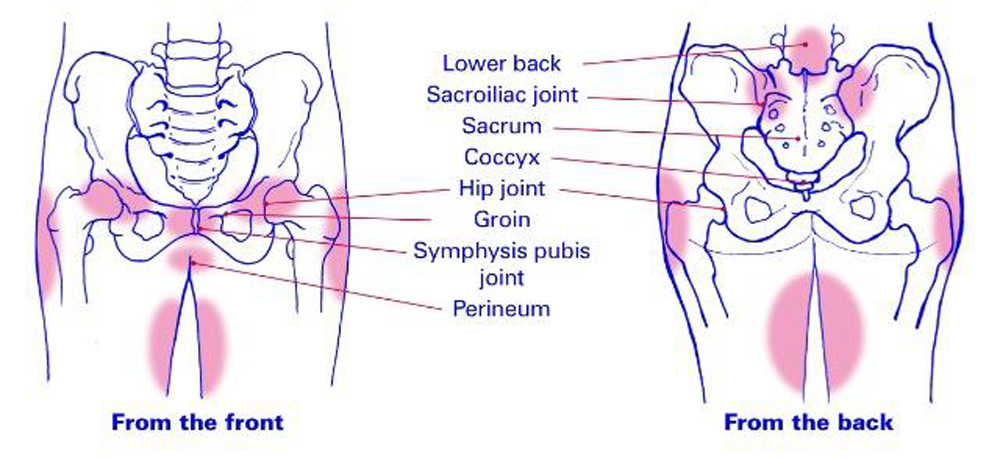
Sacroiliac (SI) Joint Dysfunction
The sacroiliac joint connects your hip bones to your sacrum, the triangular bone between the lumbar spine and the tailbone. Strain or injury to this joint can cause radiating pain in the hip, back, and groin area. Treatment focuses on reducing pain and restoring normal motion, often through rest, medication, hot/cold compresses, and in severe cases, steroid injections or surgery.
Seeking Proper Diagnosis and Treatment
Back and hip pain can have a variety of underlying causes, some more serious than others. If your pain worsens or persists, it’s important to schedule a visit with your doctor to get a proper diagnosis and determine the most appropriate treatment plan to alleviate your discomfort and improve your quality of life.
Preventing Lower Back and Hip Pain
While some causes of lower back and hip pain are unavoidable, there are steps you can take to reduce your risk and maintain a healthy musculoskeletal system:
- Practice proper posture and ergonomics, whether sitting, standing, or performing physical activities
- Engage in regular exercise to strengthen core and hip muscles
- Maintain a healthy weight to reduce stress on the back and hips
- Stretch and warm up before physical activity to prevent sprains and strains
- Seek prompt treatment for any injuries or acute pain to prevent chronic issues
Conclusion
Lower back and hip pain are often interrelated, with a variety of potential causes ranging from muscle strains to more serious underlying conditions. By understanding the common culprits and seeking prompt medical attention, you can take the necessary steps to alleviate your discomfort and maintain a healthy, active lifestyle.

What’s Causing My Lower Back and Hip Pain?
You can develop lower back and hip pain due to injury or strain. But it can also occur due to an underlying health condition.
Experiencing lower back pain is quite common. According to the National Institute of Neurological Disorders and Stroke, close to 80 percent of adults have lower back pain at some point in their lives. The pain can range in intensity from a dull ache to sharp sensations that affect your mobility and quality of life.
Back pain can easily be mistaken for hip pain and discomfort. The joint of your hip is located near your spine. For that reason, injuries to your hip can resemble or actually cause back pain. In addition to hip and lower back pain, you may also experience:
- groin pain on the affected side
- stiffness
- pain while walking or moving
- trouble sleeping
Here are five possible causes of lower back and hip pain.
Acute back pain is often the result of muscle sprains or strains. Sprains occur when your ligaments are overstretched and sometimes torn.
Sprains occur when your ligaments are overstretched and sometimes torn.
Strains, on the other hand, are caused by stretching — and possible tearing — of your tendons or muscles. Though the immediate reaction is pain in your back, you may also experience dull aches or discomfort in your hip.
Treatment for sprains and strains includes proper stretching and, in more severe cases, physical therapy. If your pain worsens, schedule a visit to your doctor to get proper treatment and to ensure your pain isn’t the result of a more serious injury.
A pinched nerve is an uncomfortable condition that may cause shooting pain, tingling, and discomfort, particularly if it occurs in your back, spine, or hip.
It occurs when too much pressure is applied to a nerve by surrounding bones, muscles, or tissues. The pressure interrupts proper nerve function, causing pain, numbness, and weakness.
In some cases, old scar tissue from previous injuries can also cause pinched nerves. Other causes of pinched nerves include:
- arthritis
- stress
- repetitive movements
- sports
- obesity
Pain from this condition usually lasts a short period of time and often results in no permanent damage once treated.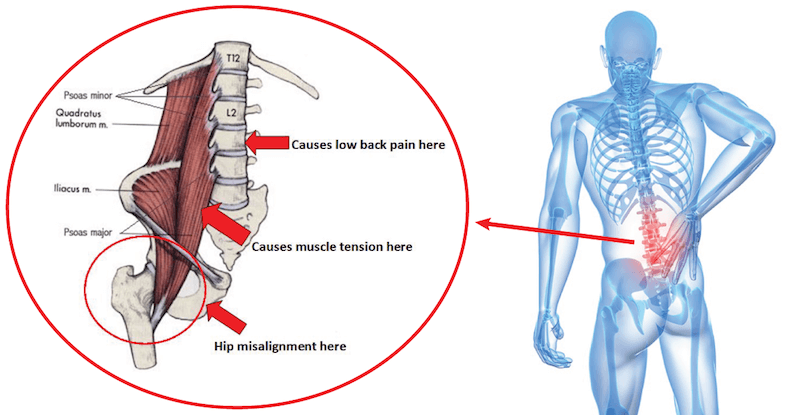 However, if there’s persistent pressure on a nerve, you may experience chronic pain and may be at an increased risk of permanent nerve damage.
However, if there’s persistent pressure on a nerve, you may experience chronic pain and may be at an increased risk of permanent nerve damage.
The most common treatment for a pinched nerve is rest. If your muscles or nerves are affected, your doctor may recommend physical therapy to increase your mobility and strength.
For short-term relief, you doctor may also prescribe anti-inflammatory medication to reduce pain. More severe cases of pinched or damaged nerves may require surgery.
Arthritis is a common culprit of back and hip pain. It can also be felt in the front of your thigh and groin area. Often a result of aging and gradual wear and tear on the body, arthritis is inflammation of one or more of your joints.
Common symptoms of arthritis include:
- pain
- swelling
- stiffness
- decreased range of motion
- numbness
Treatment for arthritis focuses on relieving symptoms and improving mobility.
Your doctor may recommend anti-inflammatory medications or pain relievers. They might also prescribe disease-modifying antirheumatic drugs, which are drugs meant to slow or stop your immune system from attacking your joints.
They might also prescribe disease-modifying antirheumatic drugs, which are drugs meant to slow or stop your immune system from attacking your joints.
Your doctor may also recommend physical therapy to strengthen your joints and increase your range of motion. For more severe cases, surgery may be required.
Also called a ruptured or slipped disk, a herniated disk occurs when the “jelly” inside your spinal disk is pushed out through the harder exterior of the disk. This can cause nearby nerves to become irritated, often causing pain and numbness.
Some people who have a herniated disk, however, may never experience painful symptoms.
Other than back pain, you may also experience symptoms including:
- thigh pain
- hip and butt pain
- tingling
- weakness
To treat a herniated disk, your doctor may recommend muscle relaxers and prescription drugs to reduce pain. Surgery or physical therapy are also treatments for this condition if your symptoms worsen or if your condition begins to affect your quality of life.
Your sacroiliac joint — also referred to as the SI joint — connects your hip bones to your sacrum, the triangular bone between the lumbar spine and the tailbone. This joint is meant to absorb shock between your upper body, pelvis, and legs.
Strain or injury to the SI joint can cause radiating pain in your hip, back, and groin area.
Treatment focuses on reducing pain and restoring normal motion to the SI joint.
Your doctor may recommend rest, pain medication, and hot and cold compresses to reduce muscle tension and inflammation. An injection of a steroid into the joint is often helpful. In more severe cases, your doctor may recommend surgery.
Back and hip pain are common ailments. They may, however, also be symptoms of more serious medical conditions. If your pain worsens or is accompanied by irregular symptoms, schedule a visit with your doctor.
Together, you and your doctor can discuss the best form of treatment to help you cope with your pain and improve your condition.
What’s Causing My Lower Back and Hip Pain?
You can develop lower back and hip pain due to injury or strain. But it can also occur due to an underlying health condition.
Experiencing lower back pain is quite common. According to the National Institute of Neurological Disorders and Stroke, close to 80 percent of adults have lower back pain at some point in their lives. The pain can range in intensity from a dull ache to sharp sensations that affect your mobility and quality of life.
Back pain can easily be mistaken for hip pain and discomfort. The joint of your hip is located near your spine. For that reason, injuries to your hip can resemble or actually cause back pain. In addition to hip and lower back pain, you may also experience:
- groin pain on the affected side
- stiffness
- pain while walking or moving
- trouble sleeping
Here are five possible causes of lower back and hip pain.
Acute back pain is often the result of muscle sprains or strains. Sprains occur when your ligaments are overstretched and sometimes torn.
Sprains occur when your ligaments are overstretched and sometimes torn.
Strains, on the other hand, are caused by stretching — and possible tearing — of your tendons or muscles. Though the immediate reaction is pain in your back, you may also experience dull aches or discomfort in your hip.
Treatment for sprains and strains includes proper stretching and, in more severe cases, physical therapy. If your pain worsens, schedule a visit to your doctor to get proper treatment and to ensure your pain isn’t the result of a more serious injury.
A pinched nerve is an uncomfortable condition that may cause shooting pain, tingling, and discomfort, particularly if it occurs in your back, spine, or hip.
It occurs when too much pressure is applied to a nerve by surrounding bones, muscles, or tissues. The pressure interrupts proper nerve function, causing pain, numbness, and weakness.
In some cases, old scar tissue from previous injuries can also cause pinched nerves. Other causes of pinched nerves include:
- arthritis
- stress
- repetitive movements
- sports
- obesity
Pain from this condition usually lasts a short period of time and often results in no permanent damage once treated.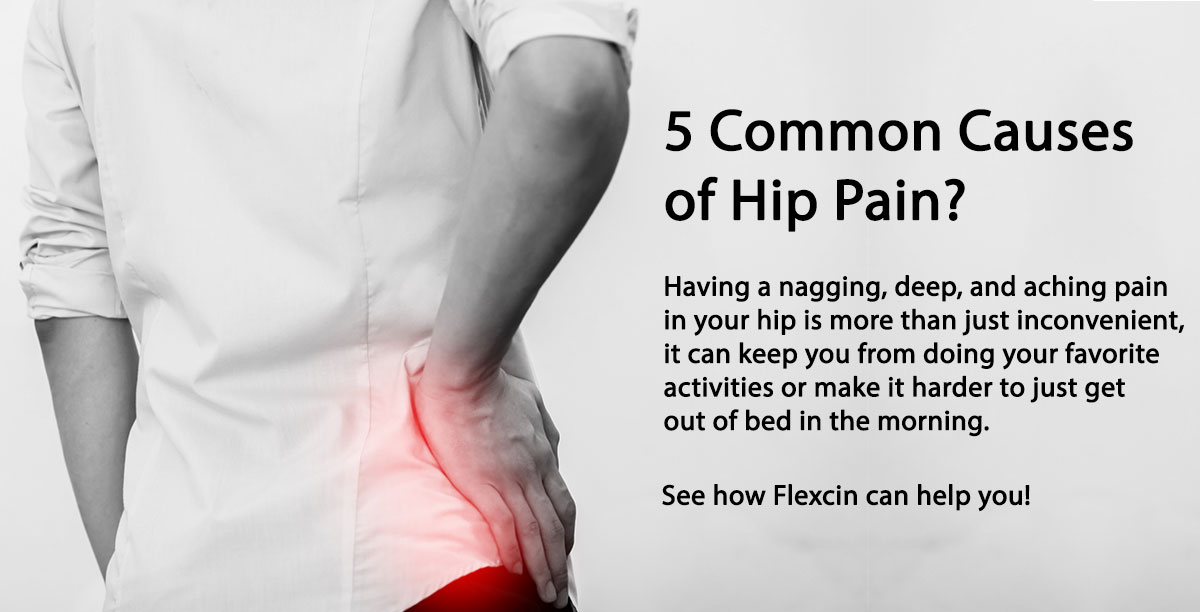 However, if there’s persistent pressure on a nerve, you may experience chronic pain and may be at an increased risk of permanent nerve damage.
However, if there’s persistent pressure on a nerve, you may experience chronic pain and may be at an increased risk of permanent nerve damage.
The most common treatment for a pinched nerve is rest. If your muscles or nerves are affected, your doctor may recommend physical therapy to increase your mobility and strength.
For short-term relief, you doctor may also prescribe anti-inflammatory medication to reduce pain. More severe cases of pinched or damaged nerves may require surgery.
Arthritis is a common culprit of back and hip pain. It can also be felt in the front of your thigh and groin area. Often a result of aging and gradual wear and tear on the body, arthritis is inflammation of one or more of your joints.
Common symptoms of arthritis include:
- pain
- swelling
- stiffness
- decreased range of motion
- numbness
Treatment for arthritis focuses on relieving symptoms and improving mobility.
Your doctor may recommend anti-inflammatory medications or pain relievers. They might also prescribe disease-modifying antirheumatic drugs, which are drugs meant to slow or stop your immune system from attacking your joints.
They might also prescribe disease-modifying antirheumatic drugs, which are drugs meant to slow or stop your immune system from attacking your joints.
Your doctor may also recommend physical therapy to strengthen your joints and increase your range of motion. For more severe cases, surgery may be required.
Also called a ruptured or slipped disk, a herniated disk occurs when the “jelly” inside your spinal disk is pushed out through the harder exterior of the disk. This can cause nearby nerves to become irritated, often causing pain and numbness.
Some people who have a herniated disk, however, may never experience painful symptoms.
Other than back pain, you may also experience symptoms including:
- thigh pain
- hip and butt pain
- tingling
- weakness
To treat a herniated disk, your doctor may recommend muscle relaxers and prescription drugs to reduce pain. Surgery or physical therapy are also treatments for this condition if your symptoms worsen or if your condition begins to affect your quality of life.
Your sacroiliac joint — also referred to as the SI joint — connects your hip bones to your sacrum, the triangular bone between the lumbar spine and the tailbone. This joint is meant to absorb shock between your upper body, pelvis, and legs.
Strain or injury to the SI joint can cause radiating pain in your hip, back, and groin area.
Treatment focuses on reducing pain and restoring normal motion to the SI joint.
Your doctor may recommend rest, pain medication, and hot and cold compresses to reduce muscle tension and inflammation. An injection of a steroid into the joint is often helpful. In more severe cases, your doctor may recommend surgery.
Back and hip pain are common ailments. They may, however, also be symptoms of more serious medical conditions. If your pain worsens or is accompanied by irregular symptoms, schedule a visit with your doctor.
Together, you and your doctor can discuss the best form of treatment to help you cope with your pain and improve your condition.
Back pain? Check the hip joints
Every day we work for hours at a computer, we lift weights, we ignore physical education, we have little rest. Therefore, it is not surprising that our back begins to “protest”. But what to do if everything is in order with the spine, and the pain intensifies? Check the hip joints, the clinic’s orthopedists note.
Back pain is not uncommon for a modern person. Moreover, sad statistics show that about half of the adult population suffers from back pain. Once having arisen, this feeling can turn into an “unpleasant background”, which prevents not only full-fledged work, but also rest. All methods are used to restore the former lightness and freedom of movement – ointments, pills, massages, special exercises. But when, tired of pain, patients go to the doctor, very often it turns out that their back hurts because of problems with hip joints.
“Contrary to popular belief, a symptom such as back pain is not always associated with spinal pathology.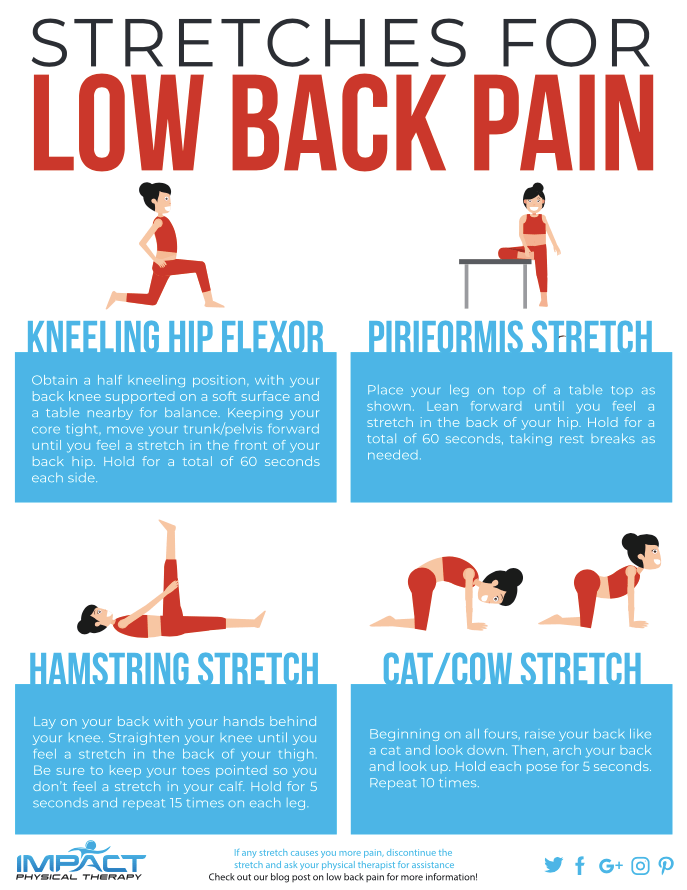 Patients often come to our clinic who have been treating the lower back, Bekhterev’s disease, intervertebral hernias for years, not even knowing that their hip joint is collapsing (aseptic necrosis of the joint develops), ”says Ivan Zabelin, head of the Orthopedics, Arthrology and Sports Clinic, . injuries of the Zaporozhye Regional Hospital.
Patients often come to our clinic who have been treating the lower back, Bekhterev’s disease, intervertebral hernias for years, not even knowing that their hip joint is collapsing (aseptic necrosis of the joint develops), ”says Ivan Zabelin, head of the Orthopedics, Arthrology and Sports Clinic, . injuries of the Zaporozhye Regional Hospital.
Over time, the clinical picture becomes more and more “diverse”: back pain is accompanied by aching discomfort in the hip joint, limitation of mobility, crunching, swelling . But even such seemingly eloquent manifestations of joint disease are attributed by patients to age. In fact, swollen, deformed and constantly aching joints do not at all indicate the number of years lived, but the presence of a disease. And all these manifestations are a good reason as soon as possible contact an orthopedist in a specialized clinic.
The Orthopedics and Sports Injury Clinic advises patients not to delay treatment.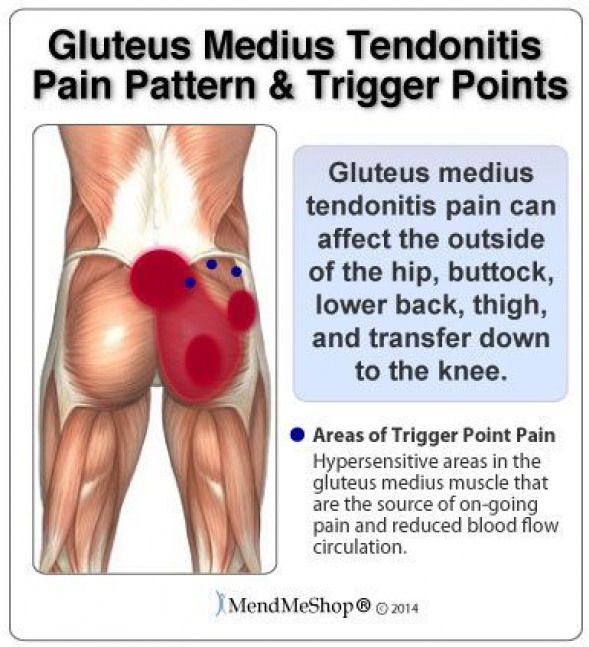 In the early stages, the development of aseptic necrosis, and hence the complete destruction of the joint, can be stopped by conservative treatment.
In the early stages, the development of aseptic necrosis, and hence the complete destruction of the joint, can be stopped by conservative treatment.
X-ray of the destroyed joint
Joint after arthroplasty
If the time when the disease could be affected by drug therapy is missed, this is not a reason to despair. Orthopedists of the clinic with many years of experience will help you regain the joy of movement. For this, surgical treatment of aseptic necrosis of the thigh is carried out, namely replacement of a destroyed joint with an artificial implant (endoprosthetics). In order for the endoprosthesis to completely replace your “own” joint, orthopedists select an implant for each patient individually, based on physiological characteristics, age, degree of development of the disease, and other factors.
Being alone with an illness is scary and wrong, especially when an illness can radically change your whole life: make it impossible to move, lead to disability and helplessness. The way out in such a difficult situation will be prompted by experienced Specialists at the Orthopedics and Sports Injury Clinic who annually help hundreds of patients with joint problems.
The way out in such a difficult situation will be prompted by experienced Specialists at the Orthopedics and Sports Injury Clinic who annually help hundreds of patients with joint problems.
There was pain in the hip joints – Question-answer “Doctor OST”
In general, joint pain after stretching is normal. But it should not be excessive, terrible, as you write. It’s not entirely clear if you experience pain in your hips when stretching, when you’re trying to sit on the splits, or in normal life, without load, too? Naturally, with age, the elasticity and flexibility of the joints decreases. If there was a break in gymnastics, you may not be able to immediately sit on the twine. Please control the load and pain in the hip joint after stretching, so as not to cause injury.
It is quite another matter if chronic pain, stiffness of movements in the hip joint appears with age. In this case, the diagnosis of coxarthrosis can be suspected. The destruction of the tissues of the hip joint, like any other, can be caused equally by both excessive loads from professional sports and a sedentary lifestyle.
The destruction of the tissues of the hip joint, like any other, can be caused equally by both excessive loads from professional sports and a sedentary lifestyle.
Hip pain often accompanies existing lower back problems, so one cannot be treated without the other. Whatever the provoking factor of the disease, the mechanism is approximately the same. For one reason or another, the tissues of the joint do not receive proper nutrition, adequate to the load received. And the hip joint – the largest in the human body – carries a considerable burden and is responsible for supporting the vertical position of the body.
If you have not just decided to remember a long forgotten sport, but have chosen gymnastics as a treatment for joint pain, this is, in principle, reasonable.
When we give a joint exercise appropriate to its age and state of health, we really take care of it. Perhaps it is better not to think of it. Gradually (the key word!) increases the range of motion of the joint. A stronger blood flow is attracted to the area of the working joint, and it washes all tissues, carries oxygen and nutrition. The healing effect of yoga, Pilates, any stretching for joint pain is based on this. But everything has its time, and in the later stages of the disease, gymnastics alone can no longer cope.
A stronger blood flow is attracted to the area of the working joint, and it washes all tissues, carries oxygen and nutrition. The healing effect of yoga, Pilates, any stretching for joint pain is based on this. But everything has its time, and in the later stages of the disease, gymnastics alone can no longer cope.
Modern physiotherapy can help. Doctor Ost prescribes shock wave therapy, VTES, massages. Definitely pay attention to the lumbar. Robotic systems for lumbar traction come to the rescue: DRX and Elite.
Women should be especially aware of hip pain. The diagnosis of coxarthrosis often develops against the background of postmenopausal changes. And then it is often characterized by a complex course, with a complication due to the porosity of the bones, fractures of the femoral neck and a long recovery.
If the tissues of the joint due to arthrosis are significantly deformed, if there is a deficiency of the cartilage layer, or even surgery is recommended to replace the joint with a prosthesis, in all these cases, injection of purified stem cells (SVF) into the area of the affected joint may be recommended.
